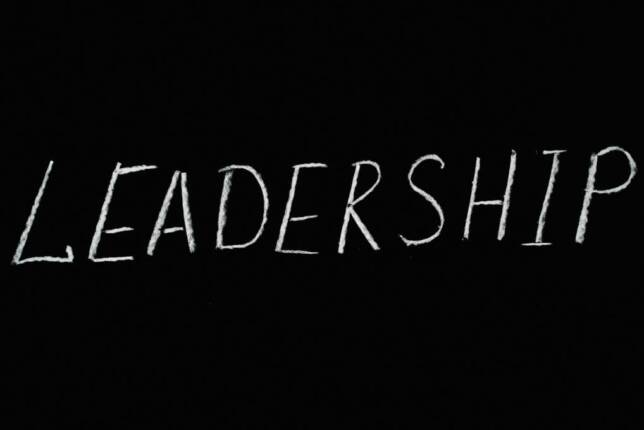Adopting a continuous improvement approach within your company means activating, on a daily basis, levers to gain in performance and reach your objectives. Today, a wide range of tools and methods are available to companies to facilitate the implementation of their continuous improvement process.
What is a continuous improvement process?
A continuous improvement process means taking permanent and sustainable actions to improve all of a company's processes, by eliminating dysfunctions and by reinforcing value-generating assets. This approach enables the regular re-evaluation of integrated practices, the questioning of existing processes, and the sustainable evolution of a company. Integrating a continuous improvement process into the corporate culture will progressively boost growth and performance at all levels of the organisation, reduce costs, and improve efficiency, productivity and profitability. Continuous improvement is one of the main principles of the ISO 9001 Quality Management System standard.What are the main tools and methods for continuous improvement?
A range of tools and methods can be used to implement a continuous improvement process, whether it be to evaluate a specific situation, pilot an action plan, identify sources of waste, etc. The main ones are detailed below.The Deming cycle or PDCA to manage continuous improvement
The Deming cycle, also known as the PDCA (Plan Do Check Act) cycle, is the keystone of a continuous improvement approach. This method aims at defining a strategy of continuous improvement around four main stages, repeated cyclically:- Plan: analyse the situation, the problem encountered and the means available, and develop a relevant action plan with key indicators to assess the impact of results.
- Do: implement the action plan with all the actors concerned.
- Check: evaluate the results using the KPI and, if necessary, implement corrective solutions.
- Act: assess at the end of the cycle. If the objective is not reached, a new cycle is started.
Lean management to eliminate sources of waste
Created by Toyota, this method is very popular today. It aims to improve a company's performance and profitability by eliminating all sources of waste (superfluous tasks, elements that fail to create value, unnecessary operations, unused skills, overproduction, latency, poor inventory management, etc.) and by optimising a company's processes. Many tools and methods, such as Just-in Time, Kaizen or 5S lend themselves well to lean management.Kaizen for daily improvement
Kaizen (“change for the better”, in Japanese) is a continuous improvement strategy that advocates global transformation within a company through small, regular and progressive changes implemented daily. This can be achieved through a change in the company culture, the creation of a work group, the analysis and regular revision of objectives and performances, a programme of motivation and rewards for staff, etc. It implies great commitment from employees and their total adhesion. Kaizen can itself call upon multiple tools such as:- The Deming cycle
- 5S method
- TQM (Total Quality Management)
- Lean management
Six Sigma for improving production
The Six Sigma method provides tools for improving a company’s production processes, aiming towards optimal product and service quality. It is notably implemented on the basis of customer opinions (ascertained through surveys or satisfaction questionnaires), and measurable and reliable indicators. The Six Sigma approach uses the DMAIC method:- Define: define the objective to be achieved.
- Measure: evaluate the customer’s expectations.
- Analyse: analyse the problems encountered and identify the strengths and weaknesses.
- Improve: improve by implementing corrective and innovative solutions.
- Control: ensure that the quality level is maintained over time.
The McKinsey 7S framework for gaining an overall perspective
The McKinsey 7S framework was invented in the 1980s. It enables companies to analyse their internal performance by taking into consideration the following seven variables :- Strategy: strategic orientations and the means implemented to achieve them.
- Structure: organisational model of the company (links, hierarchy, delegation and distribution of tasks, etc.).
- Systems: operating modes, procedures and methods implemented within the company.
- Style of management: the type of management in place (participative, authoritarian, delegative, etc.).
- Skills: the strengths that add value to the company (skills, organisation, experience, expertise, etc.).
- Staff: the social aspect, HR management and its impact (motivation, commitment, employee fulfilment, etc.).
- Shared values: the culture and values shared within the company, defended internally and on which it is possible to communicate.
5S for improving the working environment of employees
A Japanese management method developed by Toyota, the 5S system was initially designed to improve working conditions in production workshops. However, it can now be applied to any type of professional space. It lists five operations to be performed consecutively to improve the working environment of employees:- Seiri: store or throw away everything that is superfluous and unneeded.
- Seiton: classify, sort and put away everything that is used daily, in a dedicated space.
- Seiso: clean the work area and tools for a clean, healthy and safe working environment.
- Seiketsu : maintain this order and cleanliness.
- Shitsuke: be rigorous, and follow each of the previous four steps one after the other.
- Gemba approach: for analysing the processes by observing them directly on the ground.
- Just-in-Time method.
- 6W method (Who? What? Where? When? How? Why?): for solving problems through data collection.
- 5 Whys: a participatory tool based on the fact that, to solve a problem, the question “Why?” must be asked five times consecutively.
- Hoshin Kanri: part of the lean management process.
- 3M: a tool that identifies the major losses of value to be eliminated (Muda – wastefulness; Muri – overworked; and Mura – irregularity or lack of uniformity).







